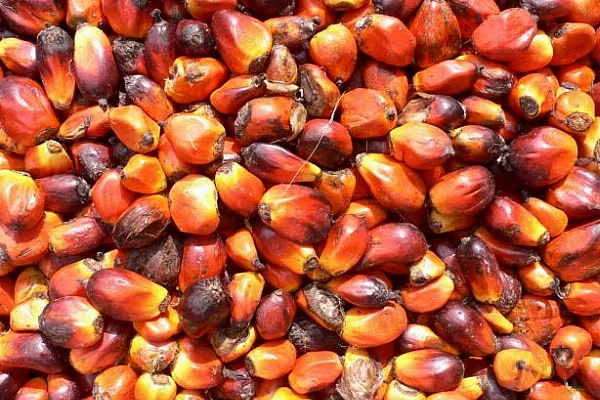Palm oil posted its biggest annual gain in five years as the strongest El Nino in almost two decades parches crops in Southeast Asia and trims record stockpiles of the commodity used in food and biofuel.
Prices rose 9.7 percent this year, the first annual rise since 2013 and the most since 2010. Futures for March delivery on Bursa Malaysia Derivatives rallied to an 18-month high on Thursday before closing 0.4 percent lower at 2,485 ringgit in Kuala Lumpur. Prices surged 6 percent this month and 4.6 percent this quarter.
Benchmark prices slumped to a six-year low in August as a slowdown in China’s economy hurt demand and exacerbated a global glut of vegetable oils. Prices have since rallied 33 percent as the El Nino gathered strength and a haze from Indonesia’s forest fires stoked concerns of a decline in output. The rally helped palm oil buck the rout in commodities from wheat to corn and crude oil.
“The rainmaker for the first quarter of 2016 will be the production more than any other variable,” said Paramalingam Supramaniam, director at Selangor-based brokerage Pelindung Bestari. “El Nino is like the black swan. We don’t know for certain. Any drop in output exceeding 20 percent will be supportive.”
Biodiesel Mandate
The El Nino may curb oil palm yields in Indonesia and Malaysia, which account for 86 percent of supply, as the event can bake parts of Asia while bringing too much rain to Latin America. At the same time Indonesia, the world’s biggest grower, is raising the mandated amount of palm blended with diesel to 20 percent from 15 percent. El Nino and the biofuel mandate will be a “powerful cocktail” that may drive up prices in 2016, Dorab Mistry, director of Godrej International Ltd., said in November.
“The rebound in prices surpassed expectations in particular from November and December” even as demand from China declined, said Marcello Cultrera, a dealer at Oriental Pacific Futures in Kuala Lumpur.
Soybean oil prices on the Chicago Board of Trade are poised for a fifth year of decline, the longest streak since at least 1960. Futures were 0.4 percent lower at 30.96 cents a pound by 6:23 p.m. in Singapore, heading for a 3.7 percent decline in 2015.
Record stockpiles and slumping exports are still concerns for investors, Paramalingam said. Inventories in Malaysia rose to a record 2.9 million tons at the end of November as exports fell 12.4 percent, according to the nation’s palm oil board. Shipments fell 5.4 percent in December to 1.27 million tons from a month earlier, cargo surveyor Intertek Testing Services said on Thursday.
News by Bloomberg, edited by ESM. To subscribe to ESM: The European Supermarket Magazine, click here.














